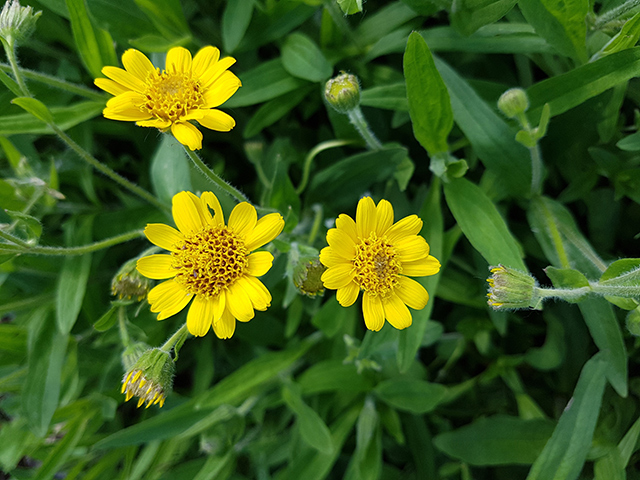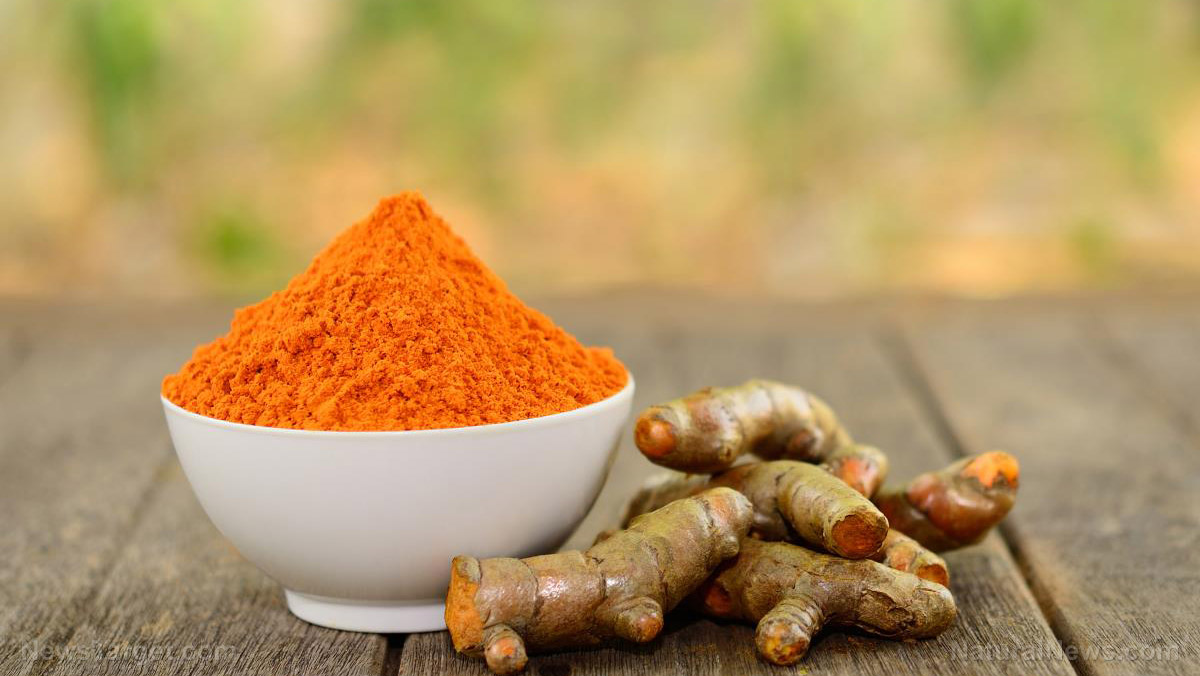Have you heard of wolf’s bane? This pretty yellow plant has many medicinal uses
01/04/2019 / By Zoey Sky

Wolf’s bane (Arnica montana) is a medicinal flowering plant that’s also known as mountain arnica. Wolf’s bane thrives in arid, mountainous regions.
The flowering plant, which belongs to about 30 plants in the genus Arnica, looks like a large yellow daisy. According to Judith Ladner, who writes for the website Grassland Species, the word arnica comes from the Greek word “arnakis,” which means lamb’s wool. Arnica refers to the soft, furry sepals surrounding the flower of the plant. Meanwhile, montana indicates that the plant grows in high mountain areas. Wolf’s bane is also called mountain tobacco and mountain snuff.
Wolf’s bane’s medicinal uses
Always consult a homeopathic practitioner before using Arnica for any ailments.
- Childbirth – These days, Arnica is still prescribed to women to relieve pain during and after childbirth. The herb can also help minimize emotional stress caused by childbirth. The Society of Homeopaths considers Arnica “an indispensable remedy” for childbirth-related ailments. The Babylonian legend of Etana says that the hero “rode on the back of the god Shamash’s eagle to the heavens to retrieve a medicinal plant that would relieve her pain.” Giuseppe Maria Sesti, a writer and herbalist, posits that this plant was Arnica.
- Dental problems – The Greeks traditionally used Arnica to ease pain caused by toothaches and other dental issues. Arnica was ingested orally via a poultice to minimize swelling in the mouth. However, this practice isn’t commonly used today because a slight overdose of Arnica may cause severe side effects.
- Injury relief – In Greece and most of Central Europe, wolf’s bane is often used for medicinal purposes because it grows in arid and mountainous regions. The herb is a natural anti-inflammatory and it is used as an ingredient in balms and muscle rubs, common remedies in the sports industry. Arnica is often used to ease aches, bruises, and muscle strains. The herb is also used to reduce the side effects of arthritis and rheumatism. (Related: Homeopathic remedies for tendonitis.)
- Travel sickness – You can purchase Arnica in pill form from homeopathic stores. If you suffer from travel sickness, take the pill as directed to soothe the symptoms of travel sickness such as headaches and nausea.
100% organic essential oil sets now available for your home and personal care, including Rosemary, Oregano, Eucalyptus, Tea Tree, Clary Sage and more, all 100% organic and laboratory tested for safety. A multitude of uses, from stress reduction to topical first aid. See the complete listing here, and help support this news site.
Keep in mind that wolf’s bane or Arnica isn’t edible and that it should only be used for medicinal purposes. Check product labels, especially since Arnica can’t be ingested in high quantities because of its high toxicity levels.
The side effects of an overdose of Arnica, which may vary from mild to severe, include:
- Coma
- Nausea
- Organ failure
- Seizures
- Vomiting
Other medicinal uses of wolf’s bane
Aside from the uses listed above, wolf’s bane can also help treat skin conditions and strengthen hair.
- Acne and skin disorders – Arnica montana possesses slight antimicrobial properties and it can help individuals with acne, eczema, psoriasis, and other skin conditions. The flowering plant’s inflammatory quality and it’s antioxidant activity can help cure itchy and inflamed skin rashes.
- Hair health – Using soaps or shampoos with Arnica extract can help strengthen your hair follicles and prevent hair loss. The plant contains rich nutrients that can bind to your hair and make it look younger. Additionally, wolf’s bane may help stimulate the growth of new hair and add to your hair volume.
- Skin health – Mix Arnica extract with carrier oils or creams to create an effective treatment for dry skin. Arnica can also help moisturize your hair and prevent dandruff.
You can learn more about wolf’s bane and other natural cures at Healing.news.
Sources include:
Tagged Under: A. montana, Arnica montana, botanicals, childbirth, dental problems, herbal medicine, herbal remedies, home remedies, natural cures, natural healing, natural medicine, natural remedies, pain relief, prevention, remedies, travel sickness, wolf's bane



















